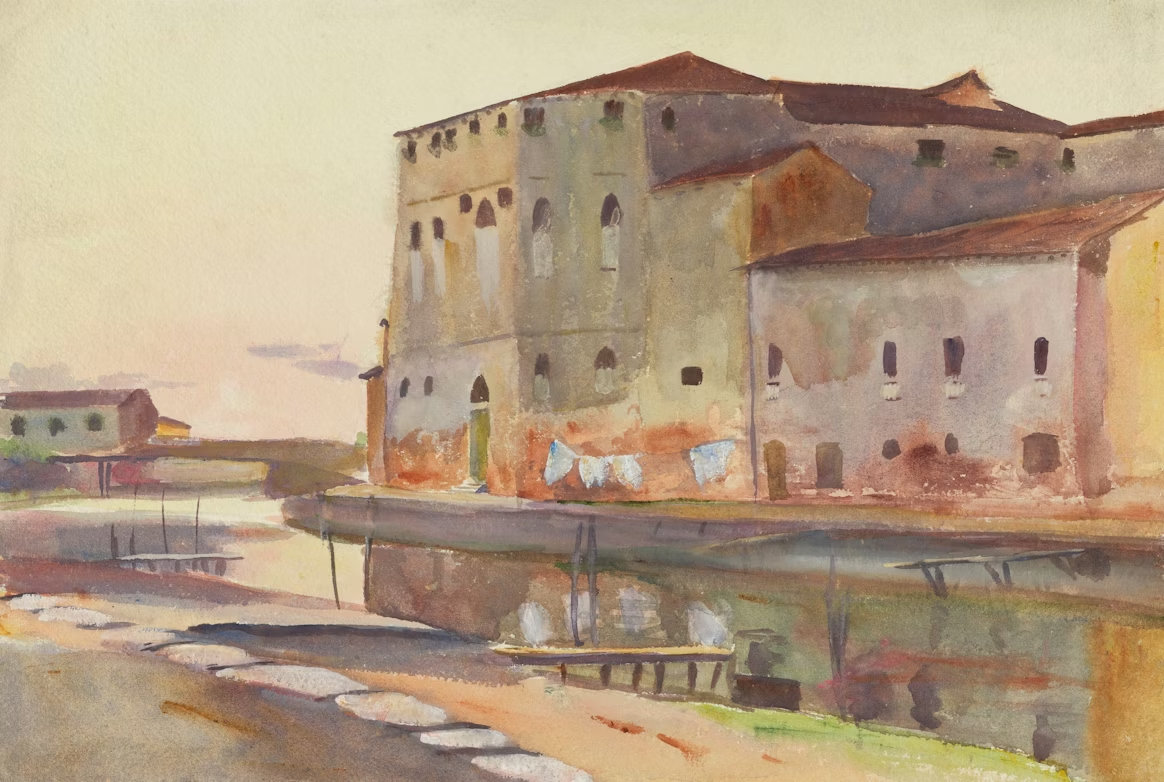Our Views
How Creative Industries Drive Economic Diversification in Emerging Markets
Across emerging markets, the race to diversify economies is intensifying. For decades, many countries relied on a narrow base of exports — oil, minerals, agriculture, or low-cost manufacturing. But as global markets evolve and digital technologies reshape value chains, governments are realizing that creativity itself can be an engine of growth.
From Lagos to Manila, a new kind of economy is emerging — one built not on natural resources, but on ideas. The creative economy, encompassing industries such as film, design, fashion, music, gaming, and digital content, is redefining how emerging markets compete and connect to the world.
What Makes the Creative Economy So Powerful
At its core, the creative economy is about turning imagination into value. It combines culture, technology, and entrepreneurship — transforming local stories, skills, and traditions into globally traded goods and services. Unlike extractive or capital-heavy industries, creative sectors thrive on human talent and digital connectivity.
This makes them perfectly suited for emerging markets with youthful populations and fast-growing digital infrastructure. When a young designer in Nairobi sells products on Etsy or a Ghanaian filmmaker uploads a documentary to Netflix, they are not just creating art — they are contributing to diversification, exports, and employment.
Still, this potential is far from fully realized. Many creative workers remain in the informal economy, with limited access to finance or training. Policymakers now face a clear challenge: how to turn talent into sustainable economic growth.
Creativity as a Driver of Diversification
Economic diversification is not only about adding new sectors; it’s about transforming the structure of the economy itself. Creative industries contribute in several ways:
They expand exportable services, bringing new sources of foreign exchange through music, animation, film, and design. For instance, Nigeria’s Nollywood and South Korea’s K-content exports demonstrate how creative products can travel far beyond their borders.
They stimulate innovation across other sectors. Designers and storytellers help manufacturers improve product appeal, while creative use of technology enhances tourism, agriculture, and even education. In short, creativity strengthens every link in the value chain.
And perhaps most importantly, they generate inclusive jobs. Creative work is often entrepreneurial and accessible, giving opportunities to women and youth who might otherwise be excluded from formal employment. When nurtured, this ecosystem becomes a powerful equalizer in economies seeking both growth and social inclusion.
What Enables Success
Policies matter. Countries that treat creativity as a serious part of economic strategy are already seeing results.
In Indonesia, the government established a dedicated Creative Economy Agency to coordinate policy and investment. Colombia’s Orange Economy initiative ties creative sectors to national export and innovation plans. And in Kenya, creative hubs are flourishing thanks to partnerships between government, tech firms, and universities.
Access to finance is another decisive factor. Many creative entrepreneurs lack collateral or credit histories, which limits their ability to scale. Innovative financial tools — such as blended funds, royalty-backed loans, and public–private investment schemes — can bridge this gap. The African Development Bank’s Creative Africa Nexus (CANEX) initiative is one example of how development partners are stepping in to fill the financing void.
Education also plays a critical role. The creative economy depends on skills in design, storytelling, marketing, and technology. Universities and training institutions that embrace creative disciplines help prepare a workforce ready for global opportunities.
And finally, infrastructure — both physical and digital — is key. High-speed internet, co-working spaces, reliable electricity, and accessible logistics channels allow creative products to reach audiences everywhere. Without them, talent remains trapped in potential.
Case Study: The Philippines’ Animation Industry
The Philippines provides a vivid example of how creativity can transform an economy. Over the past two decades, the country’s animation and gaming sectors have grown from small outsourcing operations into globally competitive creative hubs.
Local studios now collaborate with international production houses on major films and TV series. The government’s targeted support — through training programs, export incentives, and IP protection — helped formalize the sector and nurture talent. Today, creative services contribute hundreds of millions of dollars to exports and employ thousands of skilled professionals, proving that creativity can indeed drive diversification in an emerging market.
The Role of Partners and Investors
Governments cannot do this alone. Development agencies, donors, and investors all have a role to play in shaping vibrant creative ecosystems. Programs that strengthen IP rights, connect creative SMEs to markets, or build digital infrastructure have outsized impact when coordinated with local partners.
The private sector, too, is an essential ally. Streaming platforms, fashion brands, and tech startups are increasingly sourcing talent from emerging markets. When global companies collaborate with local creators, they not only fuel cultural exchange but also help build entire industries around creative value chains.
Looking Ahead
The creative economy is more than a trend — it’s a structural opportunity. By embracing creativity as a pillar of economic policy, emerging markets can reduce vulnerability to commodity shocks and tap into one of the fastest-growing sectors in the world.
Every song exported, every game coded, every design sold abroad represents a step toward greater resilience and diversification. The task ahead is to build the systems — policies, financing, and skills — that make those successes the norm, not the exception.
When countries invest in imagination, they invest in their future. And that might just be the most valuable resource of all.










